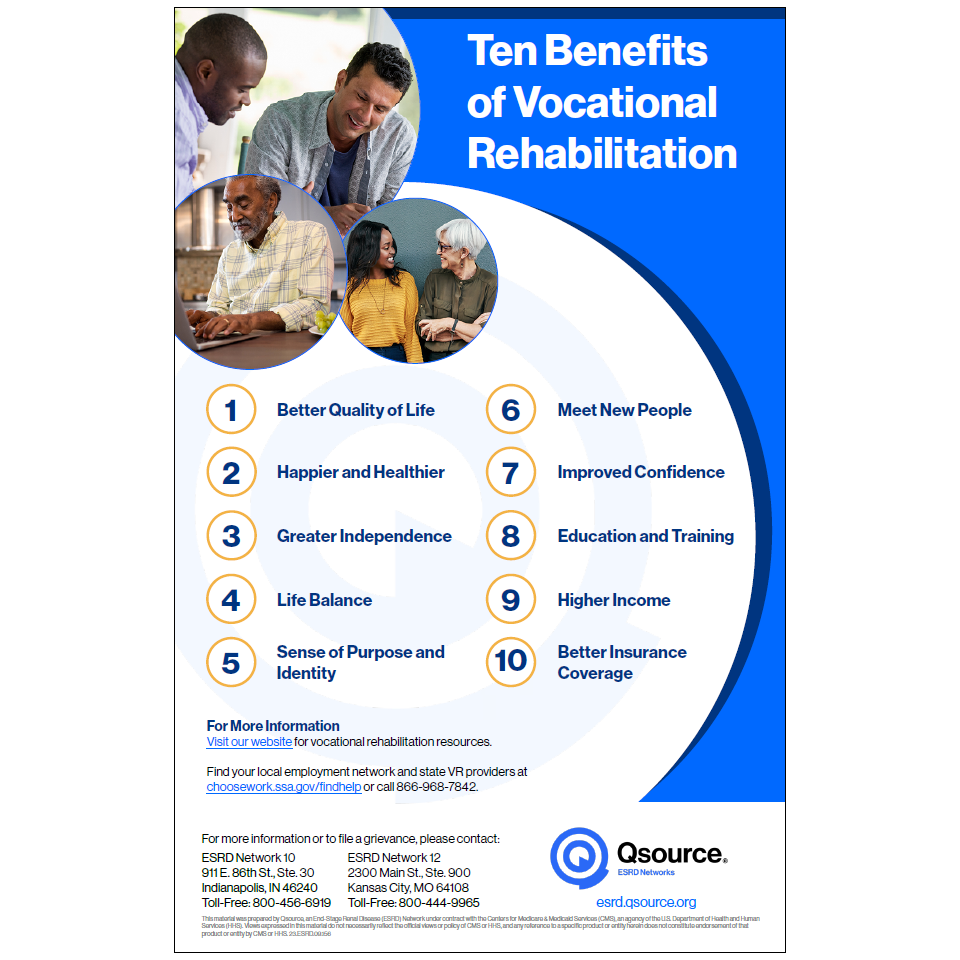The 15-Second Trick For Narconon Africa
The 15-Second Trick For Narconon Africa
Blog Article
Fascination About Narconon Africa
Table of ContentsThe smart Trick of Narconon Africa That Nobody is DiscussingUnknown Facts About Narconon AfricaFacts About Narconon Africa RevealedAll About Narconon AfricaAn Unbiased View of Narconon AfricaExcitement About Narconon AfricaWhat Does Narconon Africa Mean?
In a series of papers with Manudeep Bhuller and Katrine V. Lken, we get over these data challenges and the nonrandomness of imprisonment, supplying brand-new understandings into how incarceration affects recidivism, employment, kids, and criminal networks - Crack addiction rehabilitation. Number 1 Our work studies the results of incarceration in Norway, a setup with 2 essential benefitsWe can further connect this details to other member of the family, including children and siblings. We have information on co-offending that enables us to map out criminal networks for observed crimes. Second, we can leverage the random assignment of criminal instances to courts that differ in their propensities to send defendants to jail.
Yet some courts send defendants to jail at a high price, while others are more lax. We gauge a court's stringency as the ordinary imprisonment rate for all other instances a court takes care of, after regulating for court and year set results, which is the level of random task. This quasi-random project of judge stringency can be made use of as an instrument for incarceration, as it highly anticipates the court's decision in the current situation, however is uncorrelated with other instance features both deliberately and empirically.
Narconon Africa - Questions
Features of prisoners, including demographics and crime classifications, are generally similar in Norway and various other nations, including the United States, with the exemptions that the United States homicide rate is a lot greater, and race plays a larger function there. What stands out as different, especially compared to the United States, is the prison system.
Number 2In Norway, the typical time invested behind bars is a little over 6 months, which resembles most other Western European nations. This contrasts with typical United States jail time of almost 3 years, which remains in huge component the factor the USA is an outlier in its imprisonment rate compared with the remainder of the world [Number 1]
The Ultimate Guide To Narconon Africa
This gives much more splitting up between minor and solidified crooks than exists in the United States. There is no congestion in Norwegian jails and much better personal security, with each detainee being appointed to their own cell and a higher inmate-to-staff proportion than in the United States (https://sitereport.netcraft.com/?url=https://www.narcononafrica.org.za). Prisons in Norway additionally supply well-funded education, medication treatment, mental wellness, and work training programs
Our study on the results of incarceration on the wrongdoer, making use of the random project of judges as an instrument, returns 3 crucial findings. First, imprisonment dissuades better criminal actions. We locate that imprisonment decreases the likelihood that a person will reoffend within five years by 27 percent factors and decreases the matching number of criminal charges per person by 10 costs.
The 4-Minute Rule for Narconon Africa
We locate large decreases in reoffending likelihoods and cumulative charged criminal offenses even after defendants are launched from prison. Our second result is that bias because of selection on unobservable specific qualities, if neglected, results in the erroneous final thought that time invested behind bars is criminogenic. If we merely compare criminal offenders sentenced versus those not sent to prison, we discover positive associations between incarceration and subsequent criminal activity.
This stands in comparison to our analysis based on the arbitrary assignment of courts, which discovers an opposite-signed outcome. Third, the reduction in criminal activity is driven by individuals that were not functioning before imprisonment. Among these individuals, imprisonment raises involvement in programs routed at enhancing employability and decreasing relapse, and this ultimately increases work and profits while inhibiting criminal habits.

Jail time creates a 34 portion factor rise in participation in task training programs for the formerly nonemployed, and within five years their employment price increases by 40 percent factors. At the exact same time, the likelihood of reoffending within five years is reduced by 46 percent factors, and there is a decline of 22 in the ordinary number of criminal charges.
5 Easy Facts About Narconon Africa Explained

A probable explanation for the distinction is that Norway's jail system differs markedly, both in regards to prison-term size and prison conditions, from the US jail system. While recognizing the effects of incarceration on the offender is an important initial step, catching spillover results is additionally essential for assessing criminal justice plan and developing reliable prison systems.
Some Known Details About Narconon Africa

Common least squares approximates disclose that kids of incarcerated dads are 1 portion point most likely to be billed with a criminal activity, about a mean of 13 percent, and reveal no result on institution grades. Utilizing our judge stringency tool, we find no statistical proof that a dad's imprisonment affects a child's own criminal activity or school grades, yet we are not able to dismiss modest-sized impacts.
10 Simple Techniques For Narconon Africa
We define criminal groups based upon network web links to previous criminal cases. Our analysis returns three main searchings for. When a criminal network participant is put behind bars, their peers' probability of being charged with a future criminal offense reduces by 51 percent factors over the following four years. Likewise, having an older bro jailed minimizes the likelihood his younger bro will be billed with a criminal activity by 32 portion factors over the following four years.
Report this page